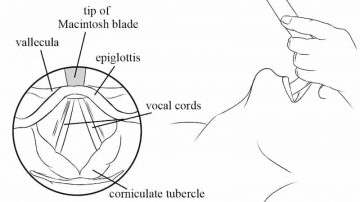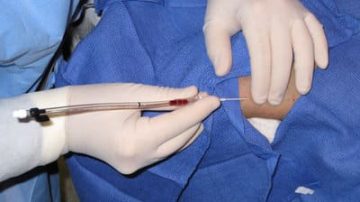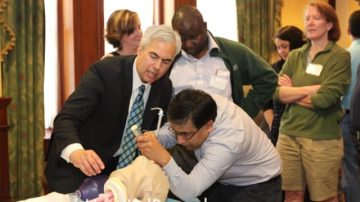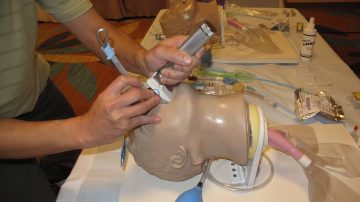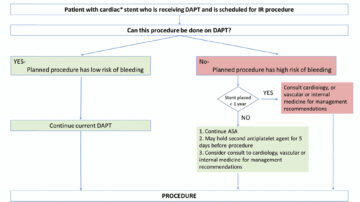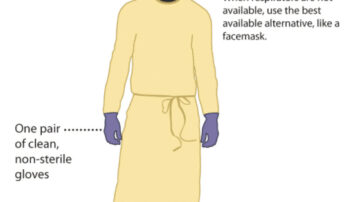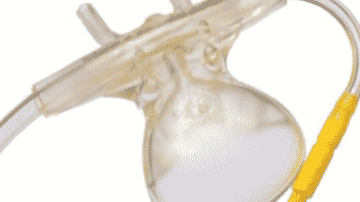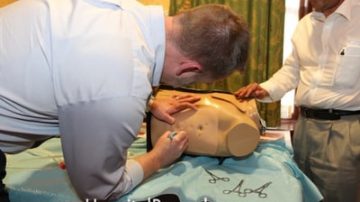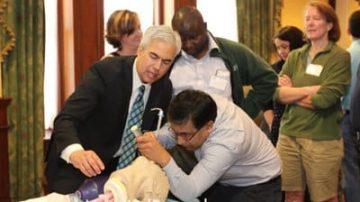Unexpected difficulties in intubation are more common than one might think, with an incidence rate that varies from 0.1% to 10.1%. They pose a higher risk of injury, with repeated attempts leading to severe complications that include edema, increased gastric…
Read MoreCirrhosis refers to a chronic liver disease that causes the liver’s normal architecture to change. It leads to scarring, the formation of fibrous tissue, and fluid (ascites) in the abdomen. Some cases may require invasive hospital procedures. Ascites is cirrhosis’…
Read MoreDoes Simulation Based Training Improve Central Line Success Rates? Simulation-based procedural training has become increasingly popular in academic medical centers and among medical trainees. Limited data has suggested that simulation based training improves success rates and safety, but evidence has…
Read MoreA patient with a hemodynamically stable spontaneous pneumothorax can be managed as an outpatient using the placement of a small-bore pigtail catheter attached to a Heimlich valve. As the Director of Medicine at a teaching hospital, I frequently encounter…
Read MoreEschmann stylets, or Bougies, can assist the clinician with endotracheal intubation in difficult airway scenarios. The stylet when properly placed can act to guide the endotracheal tube (ETT) into the trachea. However, there are different troubleshooting techniques that once must…
Read MoreIt has long been Dogma that an abnormal modified Allen’s test is a contraindication to performing a radial arterial line in that arm. The theory behind this is that the modified Allen’s test will identify patients who have insufficient collateral circulation…
Read MoreA systematic review and meta-analysis of randomized controlled trials was conducted to determine the effects of protocolized sedation in mechanically ventilated adult intensive care unit patients. Six randomized controlled trials and 1243 patients were studied. The results showed that protocolized…
Read MoreA recent article in JAMA reviewed 62 high-quality articles to determine the clinical factors that can help to predict the patient with a difficult airway. Airway management experts have devised different scoring systems and exam findings that can predict the…
Read MoreMore Articles – Cardiovascular diseases, Central line, Endotracheal Intubation, Featured Procedure, Gastrointestinal diseases, Glidescope Intubation, King Tube, Laryngeal Mask Airway, Lumbar Puncture, Mechanical Ventilation, Medical General, medical procedures, Paracentesis, Respiratory diseases, Thoracentesis
Simulation-based procedural training has been shown to improve procedural competence, safety, operator confidence and most importantly patient safety for every bedside procedure studied. Now, a new systematic review and meta-analysis confirms that simulation-based training in airway management improves procedural competence…
Read MoreThis blog summarizes the 2019 Society of Interventional Radiology (SIR) for Periprocedural Management of Image-guided Procedures with regards to thrombocytopenia, coagulopathies, antiplatelets and anticoagulation. The SIR guidelines are summarized as follows: Anticoagulation with heparin, LMWH, fondaparinux, argatroban, warfarin, DOAC, clopidogrel, ticagrelor…
Read MoreA number of additional factors must be considered with airway management in COVID-positive patients. Hospital Procedures Consultants (HPC) can provide simulation-based training to prepare providers for airway management in COVID-positive patients. The first essential consideration is to place the patient into a…
Read MoreOriginal studies of ultrasound-guided thoracentesis concluded a 2% risk of pneumothorax. A recent single center study of 9320 thoracenteses over 12 years all by procedural experts had pneumothorax rate of 0.6%. This same study also demonstrated a very low incidence…
Read MoreContinuous Capnometry Should be Standard Practice for Moderate-Deep Procedural Sedation Continuous capnometry has been consistently proven to identify patients undergoing moderate-deep procedural sedation who have impaired ventilation well before hypoxia develops. There have been at least 8 studies that have…
Read MoreChest tube placement, or tube thoracostomy, can be an anxiety-provoking procedure for both the patient AND the operator. It can also be a very gratifying procedure for the operator when performed successfully and without patient discomfort. Here are a few…
Read MoreVideo laryngoscopy is superior to direct laryngoscopy for emergency intubations in the ICU. A recent meta-analysis based on nine trials evaluated 2,133 ICU patients and concluded that video laryngoscopy (VL) has a higher first pass success rate compared to direct…
Read MoreCategories
- ACLS (1)
- Arterial line (33)
- Cardiovascular diseases (77)
- Central line (55)
- Chest Tube (39)
- Dermatology (4)
- Emergency Procedures (138)
- Endocrinology (6)
- Endotracheal Intubation (36)
- Events (24)
- FAST Exam (12)
- Featured (112)
- Featured Procedure (42)
- Gastrointestinal diseases (32)
- Ginecology (3)
- Glidescope Intubation (21)
- Hematology (33)
- Hospital Procedures (85)
- Infections (32)
- Intraosseous line (8)
- King Tube (27)
- Laryngeal Mask Airway (18)
- Lumbar Puncture (36)
- Mechanical Ventilation (34)
- Medical General (95)
- medical procedures (258)
- Needle Decompression (6)
- Nephrology (11)
- Neurological diseases (12)
- Oncology (4)
- Paracentesis (32)
- Pericardiocentesis (3)
- Procedural Sedation (19)
- Respiratory diseases (85)
- RUSH Exam (8)
- Thoracentesis (37)
- Traumatology (24)
- Travel (27)
- Ultrasound-Guided Peripheral IV (13)





